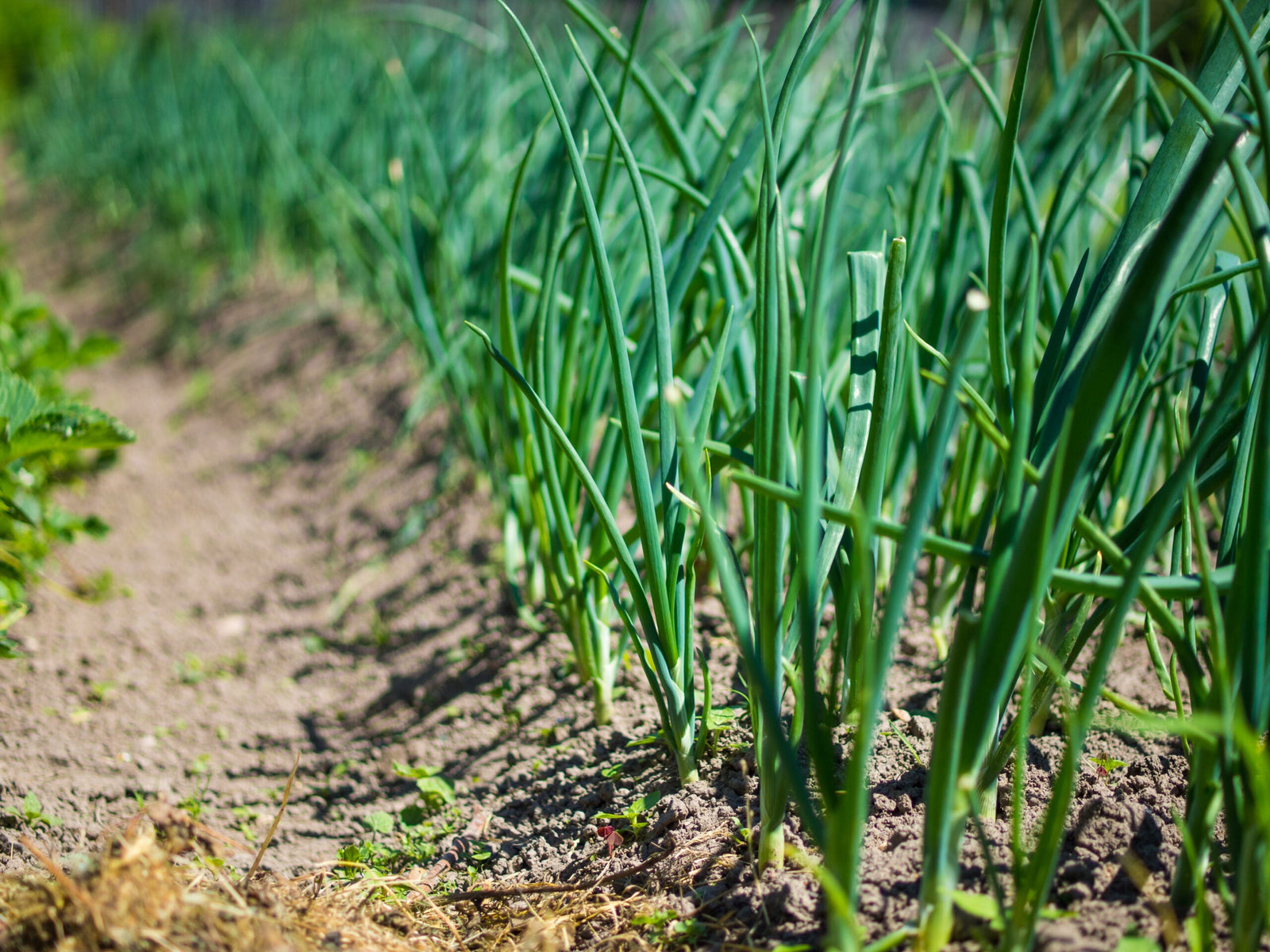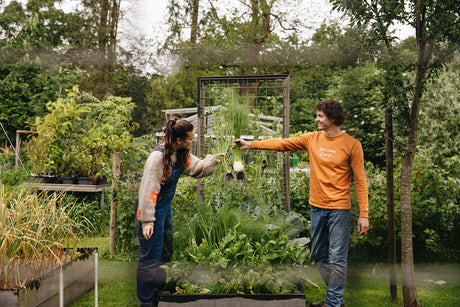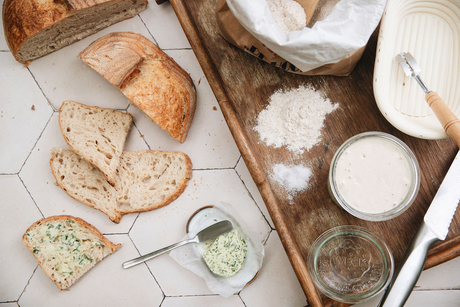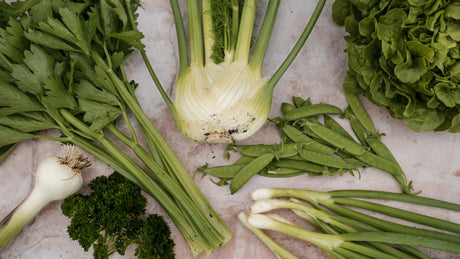You can grow chives all year round. Chives are a type of spring onion or spring onion with a small bulb growing on it. They are very easy to grow and can be grown both in the open ground and in pots . Ideal for growing in a small garden or on a balcony. In this article I will explain how to grow chives:

What do you need to grow chives?
This is what you need to grow your own chives:
- Spring onion seeds
- Sowing and cutting soil , a garden rake and possibly garden twine (if you are starting with seeds) or potting soil , a pot and a saucer (if you are growing in pots ).
- A spot in your vegetable garden or a pot with good drainage.
- Fertilizer (Vinasse Potassium)
Steps for growing chives:
Step 1: Choose the right location
Chives grow best in full sun, but they also appreciate a spot in partial shade. Make sure the soil is well-drained, because chives, like all members of the onion family, do not like wet feet. Want to know more about soil preparation? Watch this video:
Step 2: Growing chives from seed or planting chives?
You can sow chives from seeds or start with existing plants. I personally like nothing better than starting from seeds.
Loosen the soil well with your garden rake . Sow 6 to 8 seeds every 10 cm, so the onions grow in bundles. The sowing depth is twice the size of the seed. In sandy soil you can sow a little deeper than in clay soil. Tip: make a
Winter cultivation : for this you sow your spring onions in the fall in the open ground (August to mid-October), so you can harvest your first spring onions early in the year (from the beginning of May). Delicious to finish your first spring salads with beetroot , lettuce , rocket, ...
Summer cultivation : for this you sow your chives under glass very early in the year under glass (mid-February to the end of March). This way you harvest chives all summer long (from July to November).
Autumn cultivation : for this you sow outdoors in April in the open ground and harvest chives from mid-August to December. Delicious to warm yourself in the winter with an oriental stew or Asian curry finished with home-grown chives.
Growing chives in a pot
Do you have a small garden or do you want to grow chives on a balcony? You can! If you grow in pots , make sure that each pot is large enough for the desired amount of chives.
A sammy salad is ideal for this, you can grow spring onions in combination with some fresh herbs and different types of lettuce.
Planting chives
Are you a novice vegetable gardener, do you have little time or do you notice that you are too late to start a desired crop? Then you can perfectly start with chives . Plant them at 10 cm from each other and leave about 30 to 40 cm between the rows.
Never forget when to sow a certain crop again? Use our FREE app Vegetable Garden Facts Planner App. Download it via the buttons below:
Step 2: watering
Keep the soil evenly moist, but avoid overwatering as this can cause the onions to rot. Water the scallions when the top layer of soil feels dry.
Step 3: Fertilize chives
Feed your plants and they will feed you. Plants use nutrients from the soil as they grow, so by supplementing the nutrients, your spring onions will grow optimally. I am a fan of Vinasse Kali myself. Vinasse Kali ensures that the resistance of your plants is strengthened and makes your plants winter-hardy. Use approximately 50 grams per square meter.
Step 4: Harvesting
You can harvest spring onions as soon as they are big enough for you to eat, usually when they reach a height of about 15-20 cm. Cut off the green leaves a few centimeters above the ground. The white and green parts of the spring onion are edible. By cutting the spring onions and not pulling them out of the ground, they continue to grow and you can harvest for longer.

Step 5: Caring for your spring onions
Regularly remove weeds around the spring onions to reduce competition for water and nutrients. Thin out the plants if they are growing too close together.
Spring onions are fairly low maintenance and grow quickly. They are ready to harvest in about 8-12 weeks after sowing or planting. They are best used fresh, but you can also store them by placing them in the refrigerator or freezing them.
Good luck!
Greetings, Sarah







